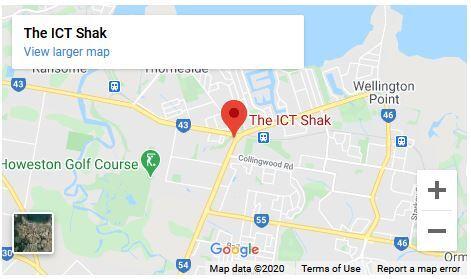A website bounce rate is the percentage of single-user interaction on a website visit. Pageview is the second most common interaction on most websites. There are a handful of websites that employ and successfully convert events like transactions. In other words, bounce happens if a viewer visits your website and leaves the website without further interaction. It is the user percentage that left the website without any action. It is common knowledge that a low bounce rate is beneficial for your organization and website.
A low bounce rate means that visitors are engaging on the website. They can click on links, fill out forms, buy, post, comment and more. A website with 25%–40% bounce rate is the optimal range considered by most Analytics tools. Anything ranging from 70%–90% and above has a high bounce rate.
Some of the reasons why your website is showing high bounce rate may be:
- Slow page-loading speed
- Self-sufficient content
- Misleading SEO title tags and metadata
- Technical errors and blank page
- Broken external website links
- Low-quality content
- Bad user experience (UX)
- Lack of Mobile Responsive design
Here are some effective examples of lowering your website bounce rate:
- It is essential to reduce page loading speed and optimize it for quick loading.
- You can remove or disable the pop-ups option for the website.
- It is crucial to remove unnecessary plug-ins that enhance user experience and offer fast webpage load time.
- Optimize the website with appropriate title tags, metadata, keywords and other SEO factors to improve outreach and conversion.
- Analyze for blank pages and technical errors throughout the website, on all landing webpages. Remove them during website audits. Also, check for internal and external broken links and remove or replace them with valid links.
- Optimize the content for user engagement and optimal user experience.
- Ensure that the website has a mobile responsive design for smooth operation on all devices and platforms.
Incorporating the above-mentioned factors helps to reduce bounce rate of the website and improve brand performance.
Revising the metadata and targeting for high-value traffic keywords help to attract traffic to your website. Capitalize on these opportunities by incorporating exclusive and clear call-to-action on the webpage for high conversion rate. It is a great solution to promote your brand and reduce the negative impact of bounce rate.



